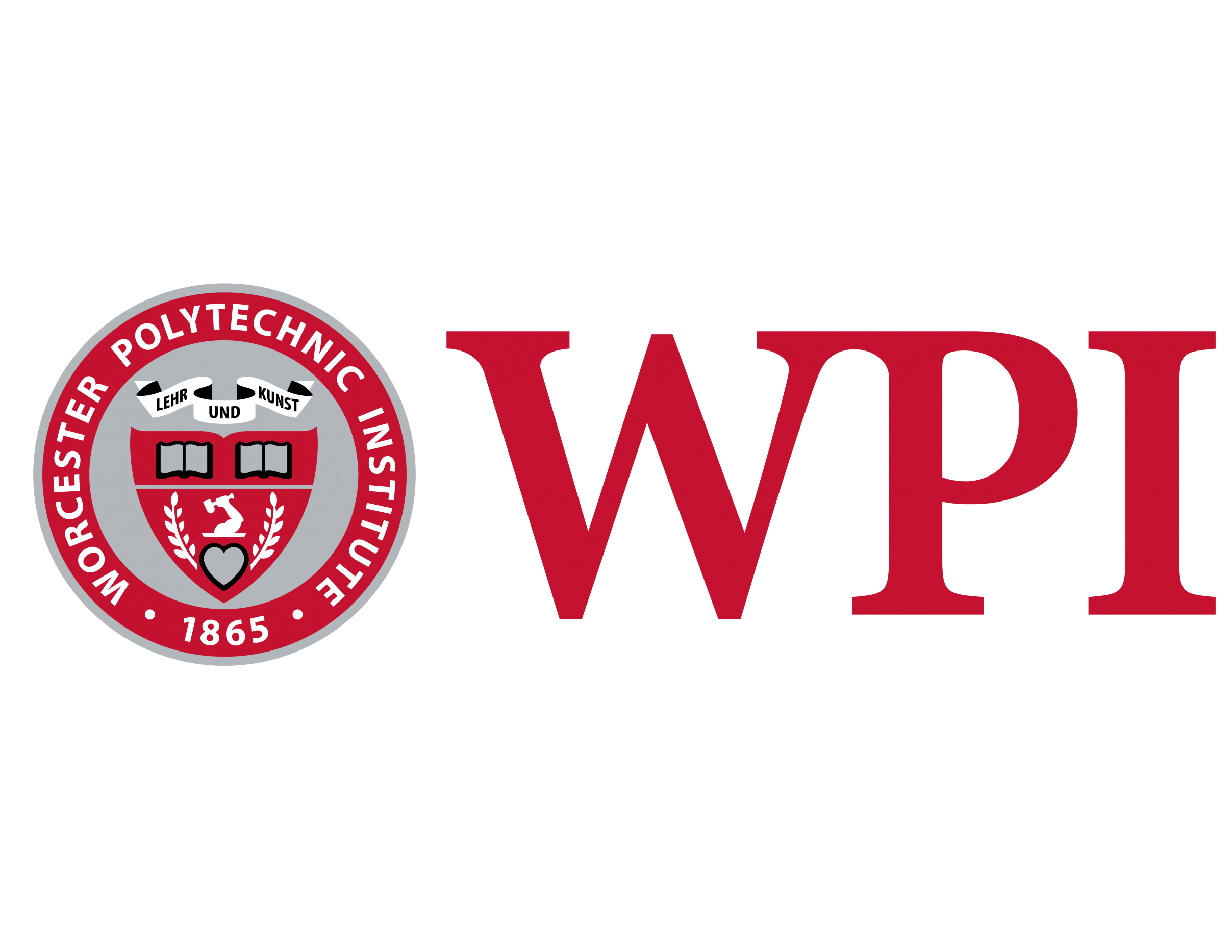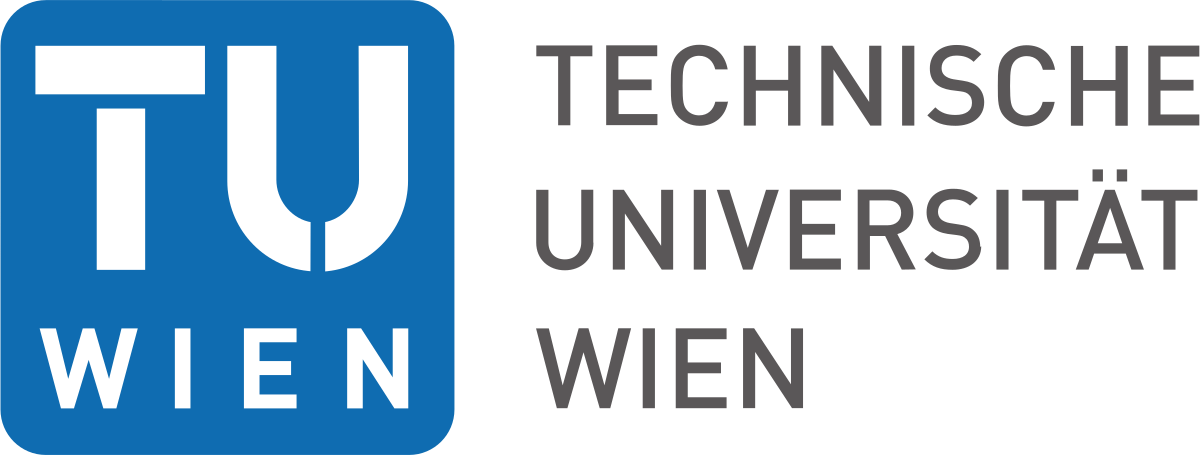




|

|

|

|
|
Seminar "Selected Topics in Mathematics"
Online edition
|
| Past talks: |
| 08 October 2021 (Friday, 5pm BST) |
|
Prof. Arkadiy Skopenkov,
Independent University of Moscow, and Moscow Institute of Physics and Technology Invariants of graph drawings in the plane ( Video link) Abstract. We present a simplified exposition of some classical results on graph drawings in the plane. These results are chosen so that they illustrate some spectacular recent higher-dimensional results on the border of topology and combinatorics. In particular, we define a \(\bmod 2\)−valued self−intersection invariant (i.e. the van Kampen number) and its generalizations. We present elementary formulations and arguments accessible to mathematicians not specialized in any of the areas mentioned. Motivated by algorithmic, combinatorial and geometric problems, we introduce starting ideas of algebraic topology. This talk is based on work in the following paper https://arxiv.org/abs/1805.10237 Slides for this talk are available here. |
| 15 October 2021 (Friday, 5pm BST) |
|
Dr. Polina Vytnova,
The University of Warwick
Hausdorff dimension of Gauss−Cantor sets and their applications to the study of classical Markov spectrum ( Video link) Abstract. The classical Lagrange and Markov spectra are subsets of the real line which arise in connection with some problems in theory Diophantine approximation theory. In 1921 O. Perron gave a definition in terms of continued fractions, which allowed to study the Markov and Lagrange spectra using limit sets of iterated function schemes. In this talk we will see how an upper bounds on the Hausdorff dimension of the difference of the Markov and Lagrange spectra can be computed by the means of estimating Hausdorff dimension of the certain Gauss-Cantor sets. The talk is based on a joint work with C. Matheus, C. G. Moreira and M. Pollicott. |
| 29 October 2021 (Friday 3pm BST) |
|
Prof. Lenny Fukshansky,
Claremont McKenna College
Representing integers by multilinear polynomials ( Video link) Abstract. Given a homogeneous multilinear polynomial \(F(x)\) in n variables with integer coefficients, we obtain some sufficient conditions for it to represent all the integers. Further, we derive effective results, establishing bounds on the size of a solution \(x\) to the equation \(F(x) = b\), where \(b\) is any integer. For a special class of polynomials coming from determinants of rectangular matrices we are able to obtain necessary and sufficient conditions for such an effective representation problem. This result naturally connects to the problem of extending a collection of primitive vectors to a basis in a lattice, where we present counting estimates on the number of such extensions.
The talk is based on joint works with A. Boettcher and with M. Forst. |
| 05 November 2021 (Friday, 3pm GMT) |
|
Prof. Daniel Slilaty,
Wright State University
Representing Matroids using Partial Fields ( Video link) Abstract. Abstract available here. This is a joint work with Jakayla Robbins.
|
| 19 November 2021 (Friday, 3pm GMT) |
|
Irene Pasquinelli,
University of Bristol
Mapping class group orbit closures for non-orientable surfaces ( Video link) Abstract. The study of the asymptotic growth of the number of closed geodesics on a hyperbolic surface dates back to Huber (1961) and has implications in various fields of mathematics. In her thesis, Mirzakhani proved that for an orientable hyperbolic surface of finite area, the number of simple closed geodesics of length less than L is asymptotically equivalent to a polynomial in L, whose degree only depends on the Euler characteristic. When looking at non-orientable surfaces, the situation is very different. One of the main differences in this framework is the behaviour of the action of the mapping class group on the space of measured laminations. In a joint work with Erlandsson, Gendulphe and Souto, we characterised mapping class group orbit closures of measured laminations, projective measured laminations and points in Teichmueller space. |
| 26 November 2021 (Friday, 3pm GMT) |
|
Prof. Giovanni Panti,
University of Udine
Attractors of dual continued fractions ( Video link) Abstract. We identify continued fractions with piecewise-projective Markov maps on some interval, provided that all branches are induced by elements in a fixed Hecke triangle group. Ordinary continued fractions constitute a very special case, relative to the (2,3,infinity) group. The branches of the map are expanding on the domain interval, but contracting on some other part of the real projective line. As such, they give rise to an IFS whose attractor is relevant, since it determines the natural extension and several properties, both algebraic and dynamical, of the original system. We use an appropriate generalization of the classical Minkowski Question Mark function to simultaneously linearize all maps resulting from the same triangle group, and to prove that the above IFS satisfies the open set condition. We draw consequences -as well as open problems- from these facts.
|
| 03 December 2021 (Friday, 3pm GMT) |
|
Prof. Anna Felikson,
Durham University
Friezes for a pair of pants ( Slides) ( Video link) Abstract. Frieze patterns are numerical arrangements that satisfy a local arithmetic rule. Conway and Coxeter showed that frieze patterns are tightly connected to triangulated polygons. Recently, friezes were actively studied in connection to the theory of cluster algebras, and the notion of a frieze obtained a number of generalisations. In particular, one can define a frieze associated with a bordered marked surface endowed with a decorated hyperbolic metric. We will review the construction and will show that some nice properties can be extended friezes associated to a pair of pants. This work is joint with Ilke Canakci, Ana Garcia Elsener and Pavel Tumarkin, arXiv:2111.13135.
|
| 10 December 2021 (Friday, 3pm GMT) |
|
Prof. John Hunton,
Durham University
( Video link)
What is the space group of an aperiodic pattern? Abstract. The space groups/crystallographic groups/Bieberbach groups (depending on what dimension you are interested in) have played a classical role in the understanding of periodic patterns in d-dimensional space for many generations: the space group of a periodic pattern \(P\subset\mathbf{R}^d\) is the subgroup of the full isometry group of \(\mathbf{R}^d\) that fixes \(P\). In some sense the space group determines up to local decoration the pattern itself. But what of aperiodic patterns, such as the Penrose tiling, or the objects used to model quasicrystals, or more generally any aperiodic pattern? By their nature they are rather short of symmetries, but on the other hand, they have a lot of approximate symmetries, structure that can be accessed by topological methods. In this talk I will sketch some methods developed with Jamie Walton to define the corresponding "space groups" for such objects. |
| 17 December 2021 (Friday, 3pm GMT) |
|
Prof. Alexey Sossinsky,
Independent University of Moscow
( Video link)
Thickened Knots: Energy Functionals and Normal Forms Abstract. For any \( \varepsilon \in [0, 1]\), I will define the notion of \( \varepsilon\)-thickened knot, which for \( \varepsilon \in (0, 1]\) is a mathematical model of a thin flexible rope of fixed length with extremities glued together. The aim is to construct an energy functional that would classify \( \varepsilon\)-thickened knots with a fixed positive \( \varepsilon\) by bringing them to "normal form" by gradient descent, i.e., to a position corresponding to a local minimum of the functional. The talk will begin with the demonstration of mechanical experiments with wire knots, showing how they automatically switch from any position to normal form. I will then show videos of computer experiments with thickened knots (from joint work with my former pupils O. Karpenkov and S. Avvakumov), showing how they evolve from some initial position to their normal form. In the videos, we deal with polygonal knots rather than smooth thickened knots, and the functional consists of a summand that tries to straighten out the curve locally and a summand that forbids self-intersections (and the subsequent crossing of one part of the curve by another). In practice, the algorithm always terminates, which is actually amazing, because its termination is not a deterministic fact (i.e., not a theorem) − it is due to probabilistic laws of nature. An unexpected result of our study is that the normal form is not always unique − for the eight knot there are two: they depend on the mechanical characteristics of the wire, and on the initial shape of the knot. I will then state some theorems about \( \varepsilon\)-thickened knots and formulate a conjecture about their complete and effective classification. Time permitting, I will briefly explain our work on plane curves, a by-product of which was our solution of the Euler elasticae problem, formulate some conjectures, and discuss other possible energy functionals, in particular involving not only the minimization of curvature, but also that of writhe (physically, this means we are dealing with elastic wire knots that resist twisting). |
| Go to the main page. |